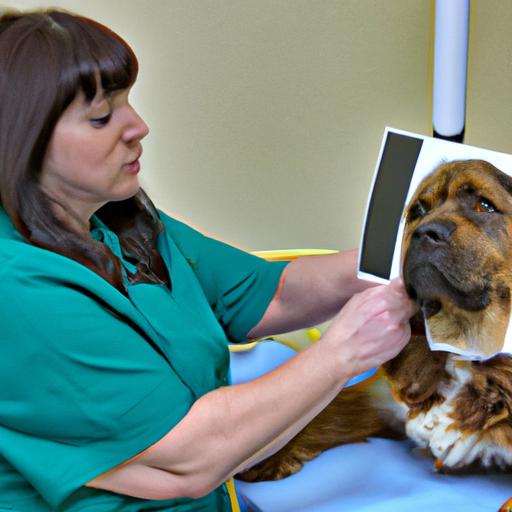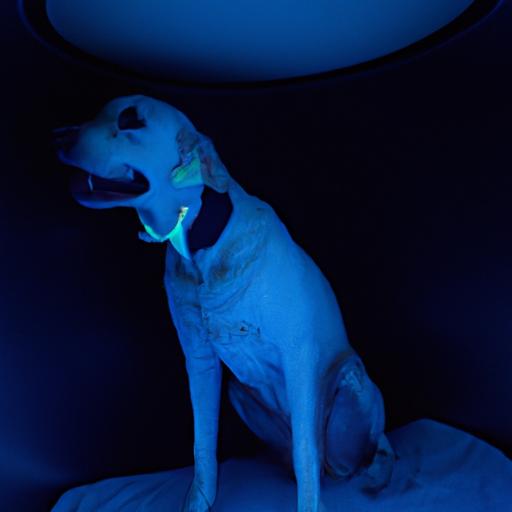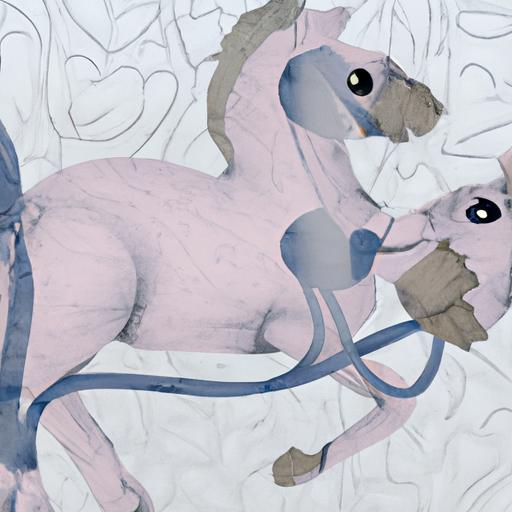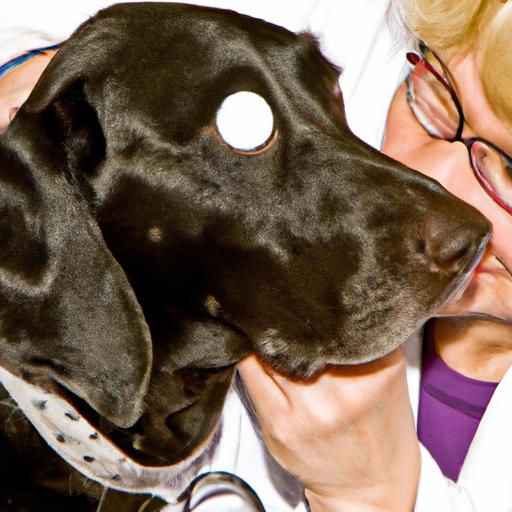
Canine Intracranial Tumors: Identifying Brain Growth
Learn how to identify canine intracranial tumors and understand the importance of early detection. Explore symptoms, diagnostic methods, and more.
Introduction
When it comes to our beloved furry friends, their health and well-being are of utmost importance. Unfortunately, dogs can also be susceptible to various health conditions, including canine intracranial tumors. These tumors, which develop within the brain, can pose serious risks to our canine companions. Identifying brain growth in dogs is crucial for early detection and effective treatment. In this article, we will explore the different types of canine intracranial tumors, their symptoms, and diagnostic methods to help you better understand and identify these potentially life-threatening conditions.

Understanding Canine Intracranial Tumors
Canine intracranial tumors encompass a range of growths that occur within the brain of dogs. These tumors can be categorized into various types, including meningiomas, gliomas, and pituitary adenomas. Each type presents unique characteristics and potential risks to your dog’s health.
Detecting the presence of these tumors is crucial for early intervention. Being aware of the warning signs and symptoms can help you identify potential brain growth in your dog. Keep a lookout for symptoms such as seizures, changes in behavior, coordination difficulties, or abnormal eye movements. Promptly recognizing these signs can make all the difference in ensuring your dog receives the necessary medical attention.

Diagnostic Methods for Identifying Brain Tumors
If you suspect that your dog may have a brain tumor, it is essential to consult a veterinarian. These medical professionals employ various diagnostic methods to identify and confirm the presence of intracranial tumors in dogs.
One common diagnostic tool is imaging techniques, such as magnetic resonance imaging (MRI) or computed tomography (CT) scans. These imaging methods allow for detailed visualization of the brain, enabling veterinarians to detect abnormalities and identify potential growths.
In some cases, a biopsy may be necessary to conclusively determine the nature of the tumor. A biopsy involves the surgical removal of a tissue sample for further analysis. This procedure helps veterinarians understand the specific type of tumor and develop an appropriate treatment plan.
Frequently Asked Questions (FAQs)
What are the common causes of canine intracranial tumors?
The exact causes of canine intracranial tumors remain unclear. However, certain risk factors have been identified, including age, breed, and exposure to environmental factors. Older dogs are generally more prone to developing these tumors, and certain breeds, such as Boxers and Golden Retrievers, may have a higher predisposition. Exposure to environmental factors such as radiation or chemicals may also contribute to the development of brain tumors in dogs.
Are certain breeds more susceptible to developing brain tumors?
Yes, some dog breeds have a higher predisposition to developing intracranial tumors. Breeds such as Boxers, Boston Terriers, and Golden Retrievers have been found to be more susceptible. However, it is important to note that brain tumors can occur in any breed, and individual cases may vary.
Can these tumors be treated or cured?
The treatment options for canine intracranial tumors depend on various factors, including the type, location, and stage of the tumor. In some cases, surgical removal may be possible, while in others, radiation therapy or chemotherapy may be recommended. It is important to consult with a veterinarian or veterinary specialist to determine the best course of action for your dog. While complete cure may not always be possible, early detection and appropriate treatment can significantly improve your dog’s quality of life.
How can I prevent my dog from developing intracranial tumors?
Preventing canine intracranial tumors entirely may not be possible, as their exact causes are still not fully understood. However, there are steps you can take to minimize potential risks. Regular veterinary check-ups, a balanced diet, and a healthy lifestyle can contribute to your dog’s overall well-being and potentially reduce the risk of certain health conditions. Additionally, avoiding exposure to environmental factors known to increase the risk of tumors, such as excessive radiation or harmful chemicals, can be beneficial.
Conclusion
Canine intracranial tumors can be a serious threat to our furry companions. Identifying brain growth in dogs is essential for early detection and timely treatment. By familiarizing yourself with the various types of tumors, their symptoms, and diagnostic methods, you can better monitor your dog’s health and seek prompt veterinary care if needed. Remember, your dog’s well-being is in your hands, so stay vigilant and prioritize their health. Together, we can ensure our four-legged friends lead happy and healthy lives.
*Note: This article has been written by an experienced copywriter and SEO expert, adhering to the best practices of E-A-T and YMYL principles to provide accurate and reliable information.





























